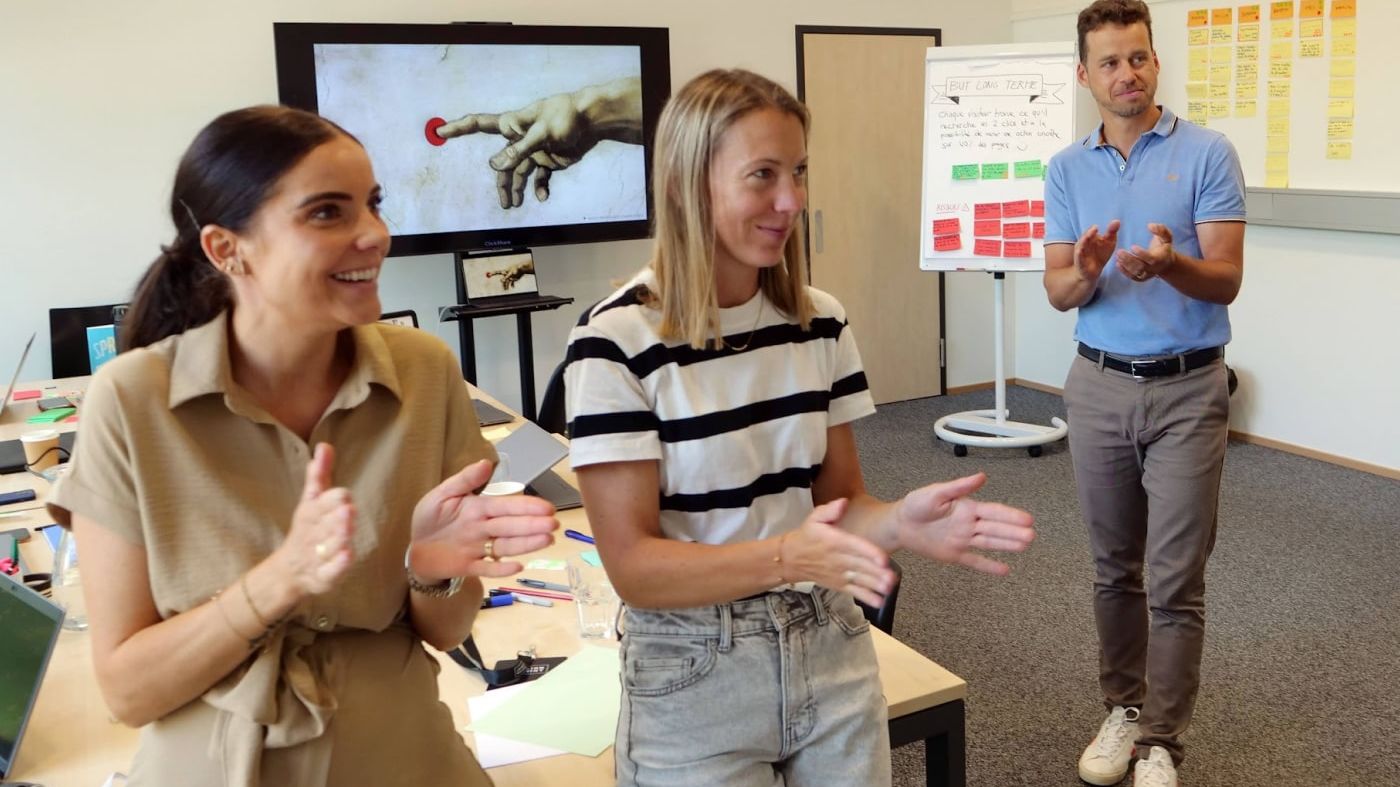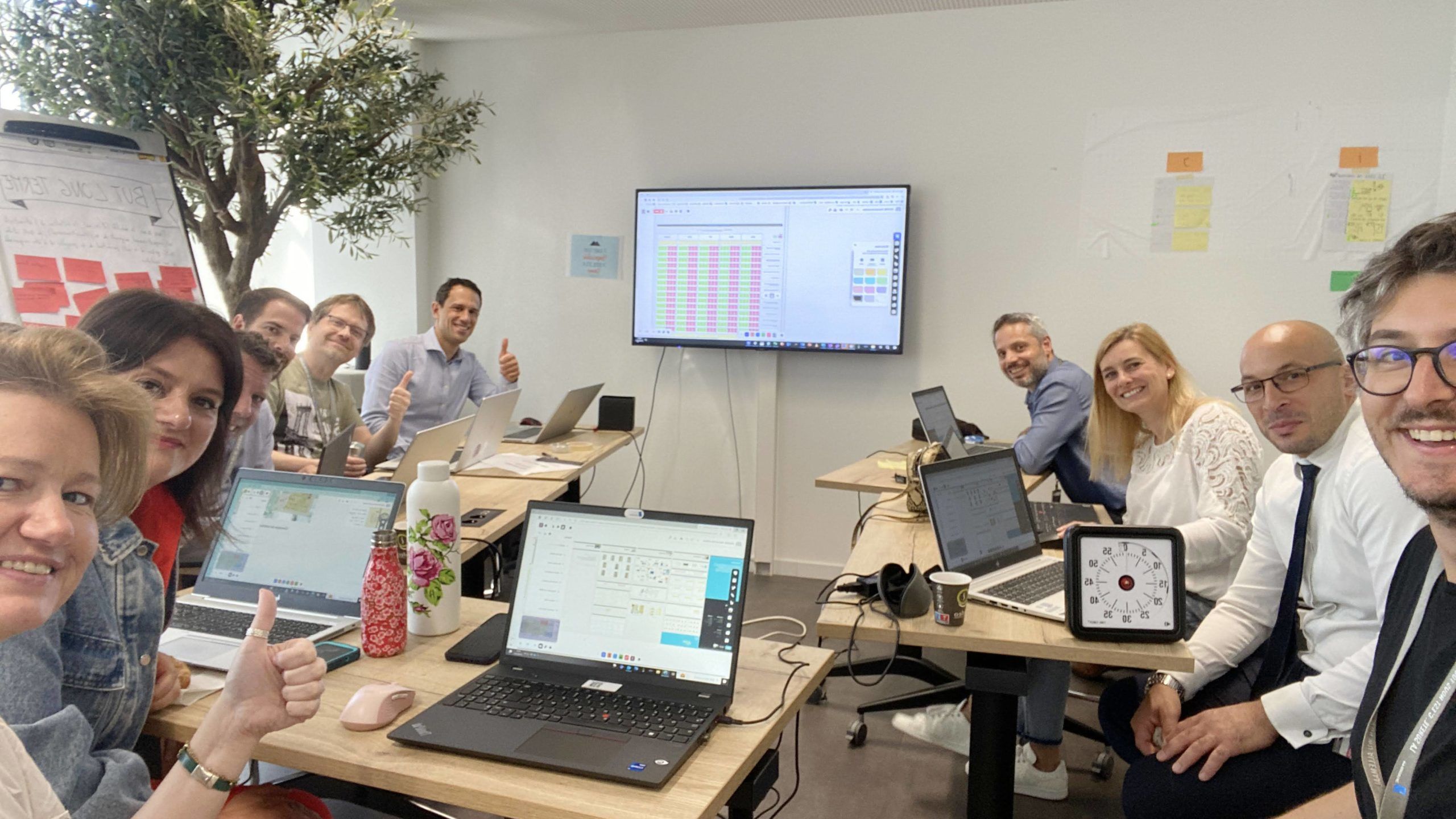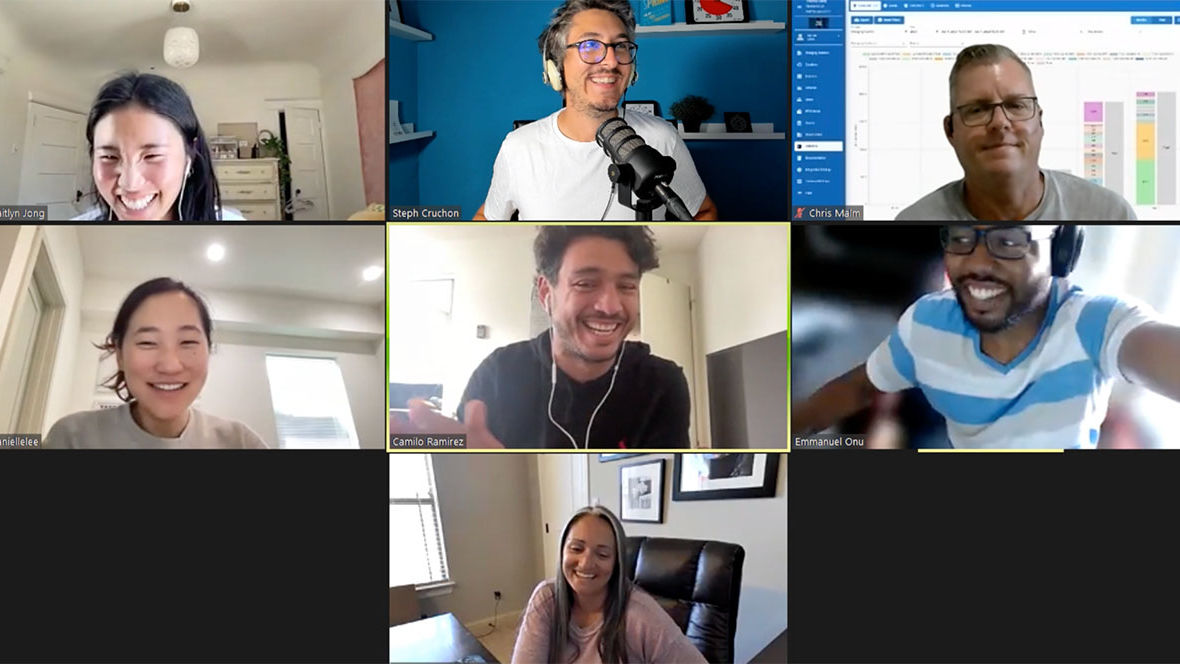Understanding the role of the Decider during a design sprint, and why is it important?
Hey everyone, it’s Steph. I just wanted to record a very short video about the role of the decider on a design sprint. Because actually a couple of minutes ago, I received an email from a client asking about exactly that.
Who should be the decider? Is it really important to have one? Was the role of the decider in the sprint? Who should be the decider? And basically, you know, as I think to answer a very long email with all the information and I was like, wait, I’m just going to record a video also because I’m a bit lazy. So I’m just going to record that video, send it to the client.
But also I’m going to post it on YouTube so you guys get all the information about that because, yeah, it’s a super important, critical question during a design sprint and you need to get that right.
So the decider, It’s super important to have one. I know that the temptation is like not to have one because, you know, we want to be agile. We don’t like hierarchy. Everyone is equal. Yes. The design sprint is really democratic and agile but you need to have someone who is accountable for the decision and can actually take the important decision at a very specific time of the sprint. Basically, it’s the decider.
He will decide what is going to be prototyped day 4 of the sprint. What you can see here is called the art museum, it’s when you discover all the nice concepts from all the participants. And as you can see, there are some green, there’s some red dots and it’s like all the votes from all the participants, the concept they really liked.
It’s a bit scattered and some people like this one, some people like this one and what’s really made the call was the decider. She actually chose to use two concepts. These are the stars. Basically these two concepts have been prototyped on day 4.
Now, the way it works is on day three, that’s an important day for the decider:
- At 10:00 a.m., the decider with the whole team is going to discover all the concepts from the whole team and that are anonymous at the time. People discover them, they vote on the most interesting ones for them.
- Then at 11:00 a.m., we each establish a shortlist. So the decider is not voting for this round of votes. He or she will listen to everyone’s opinion about what are the best concepts, the strongest one.
- And it’s only at 12, just before lunch break that the decider will actually validate which concepts will be prototyped on day 4.
Knowing that, we have just one day to present the strongest concepts. We can’t prototype all of them and we really need to be able to choose. And that’s the role of the decider.
So who should be the decider?
If you read the book, it’s very symbolic. In the sprint book, Jake Knapp and John Zeratsky will tell you that it has to be the CEO of the company. Well, you know what? It’s very simple. If you work with a startup because you might have access to the CEO and the CEO was part of the sprint the whole time.
But in most companies we are working with, usually the decider of the sprint is probably a project manager, product owner or maybe a vice president, someone very important for the company, important for the project but it’s not the CEO.
Who to choose?
The rules really to have the right decide on the sprint is that that person needs to participate the whole time. So during the whole sprint, you have the decider on board, it’s super important.
Second rule is that that person is in charge of you know, he’s kind of accountable about the decisions. And also it’s the person in charge of pushing the project after. So it’s like, you know, what’s going to come after the sprint needs to be the person who has some kind of power to maybe get some budgets, to assign some people or a team to that project.
So it’s super key to have the right person and it has to be the person who is going to sponsor the project after the sprint.
And the person who wrote me is actually from a very large company and the situation they are in is that, you know, for some also political reason, they need to invite a lot of people on the sprint and it’s fine. So in here, you will also keep the same Decider. It could be a project manager or VP, someone important.
But these people are actually more important. They are the head of something or, you know, the president of something or maybe someone from the C level too. They won’t be here the whole time, so they won’t be deciders but you can invite them basically on day three. And they are kind of guest consultants, they will consult just the decider to actually take the right decision on what to do, what to prototype.
So the way we’re going to do it for that sprint is here at like 10:00 a.m. the whole team discovers the concept, but with the guests who are coming on the sprint, the beginning of day three, to discover the concept that have been created on day two.
Then at 11:00, the team plus the guests will vote on their favorite ideas and kind of shortlist, the strongest idea and, you know, they’re going to have to discuss them and maybe defend them too and the decider is not voting. Then at 12, that’s a new step.
Basically, if we’re going to add for the design sprint, the decider will kind of consult with the guests, like the big stakeholders. So this could be done in front of the team if you feel comfortable, you want to be very transparent about the whole process, maybe they should do it in front of the team. I think that we should do that or maybe we should do that and then finally the Decider is going to take the decision or maybe it could be done in private.
During the lunch break, only these guests, important stakeholders and the decider to discuss together and what are the strongest ideas. And then it’s very important that at 1 p.m. it’s the decider of the sprint, not one of these people, but it’s the actual decider who was here the whole time, who will make the call, take the decision and actually explain to the team what concept was chosen and why.
So, yeah, that’s it for the role of the decider during a design sprint. I hope it was useful and if you have any questions, just write them in comments right here. And please subscribe to our channel if you want to learn more about the design sprint.


